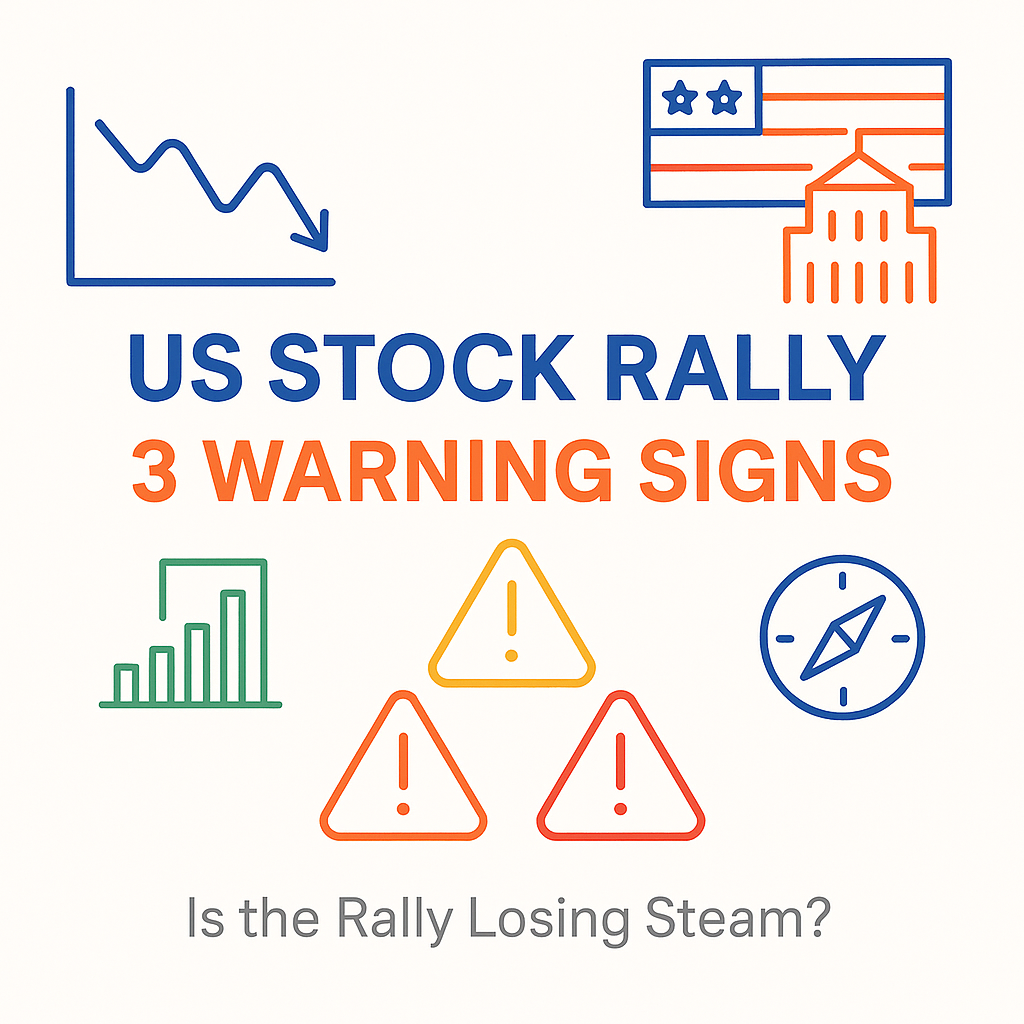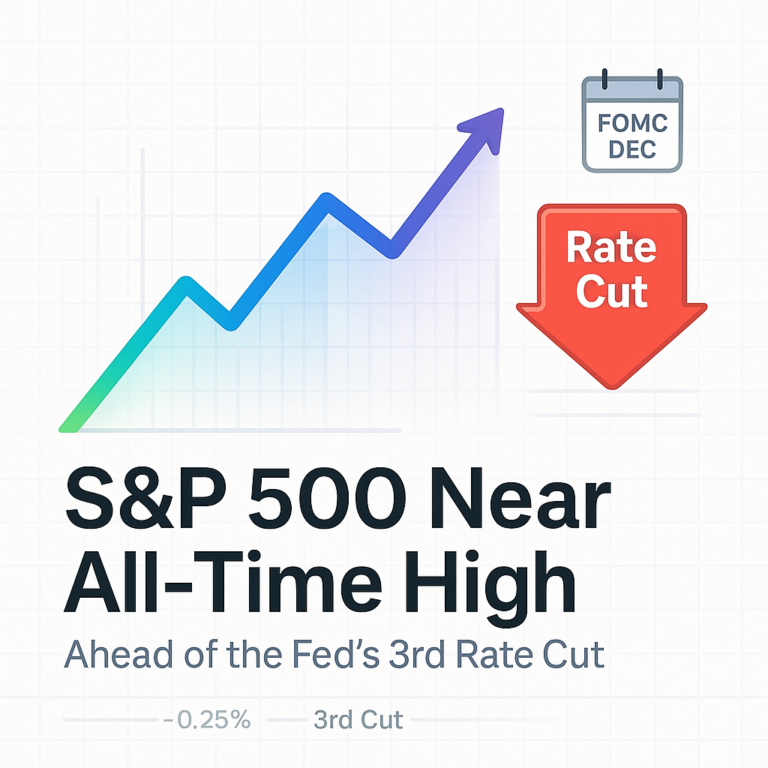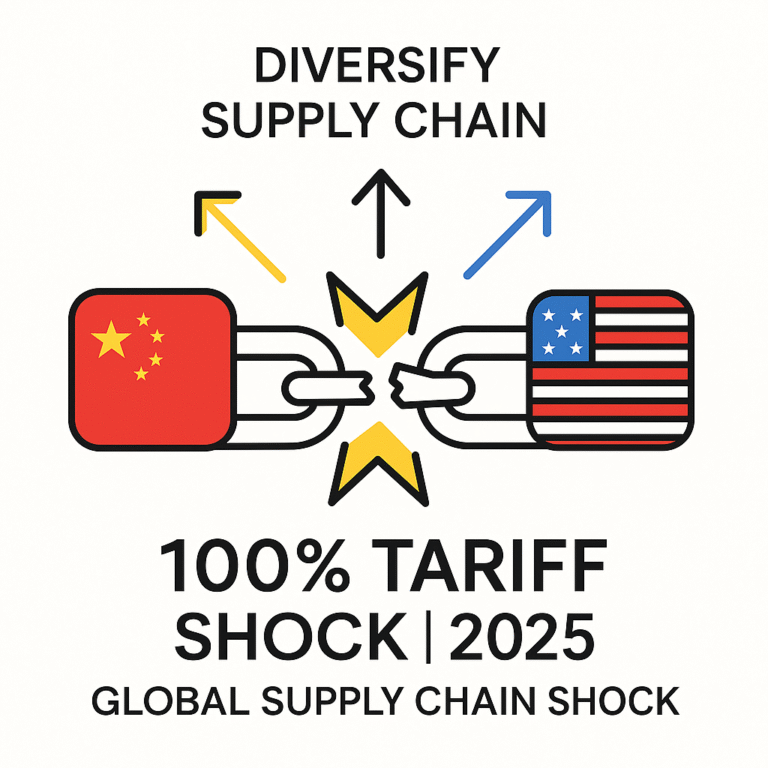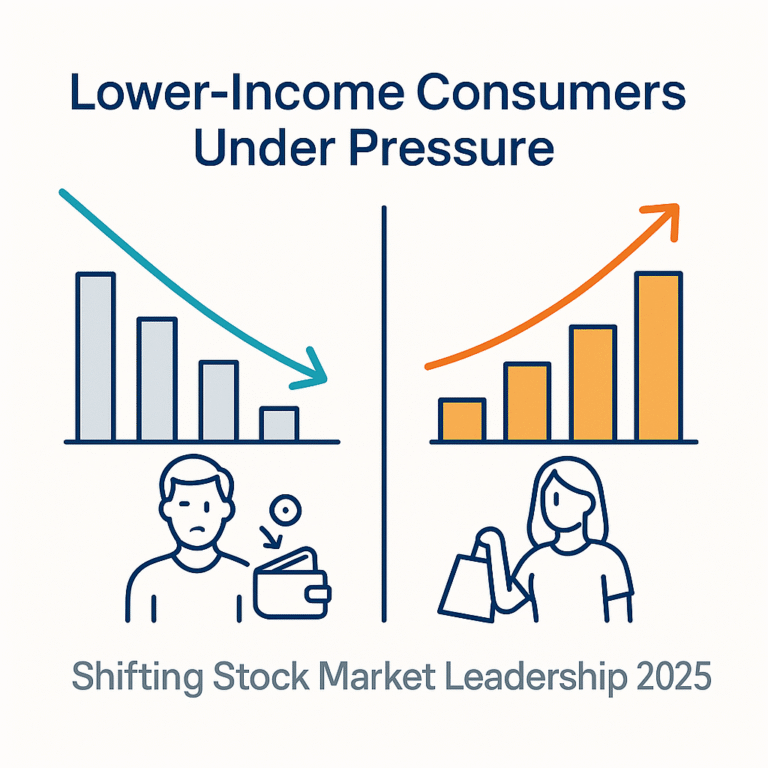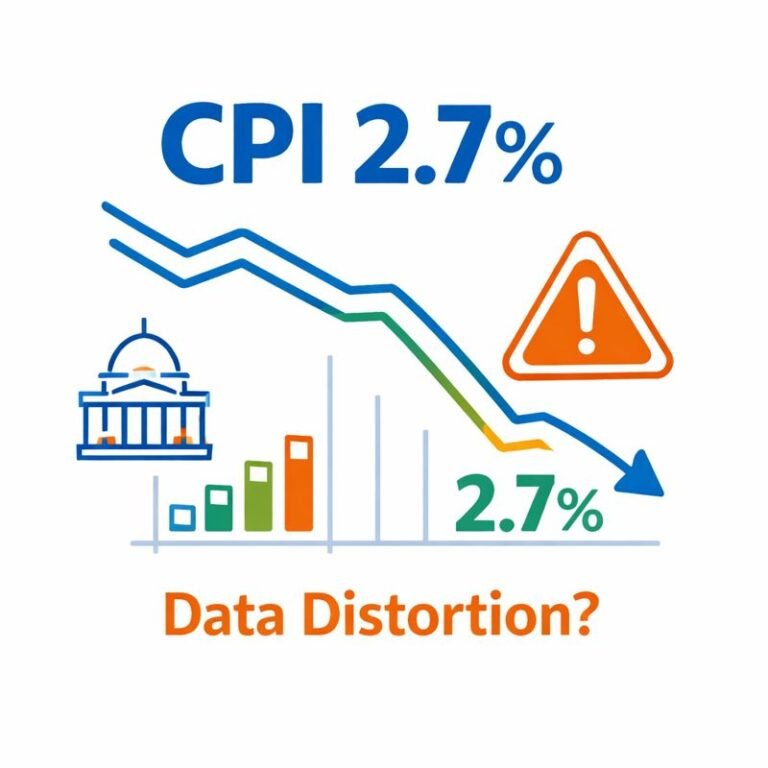Is the US Stock Rally Losing Momentum? 3 Warning Signs Investors Shouldn’t Ignore
The US stock rally is showing signs of fatigue near record highs. Here are three warning signals investors should watch and how to adjust your portfolio strategy.
Key Takeaways
✔ The US stock rally is showing signs of narrowing and fatigue.
✔ Rising credit risk and macro uncertainty are shaking investor confidence.
✔ Portfolio diversification and defensive positioning are key to navigating 2025 volatility.
After months of steady gains fueled by the AI boom and robust corporate earnings, US equities remain near record highs. Optimism still dominates Wall Street.
Yet beneath the surface, small cracks are starting to appear.
The IMF recently warned that the US stock market may be vulnerable to a sharp correction, and several strategists say the rally is entering an overextended phase.
The big question now is whether this uptrend is sustainable—or a sign of exhaustion.
This article highlights three warning signs suggesting the US stock rally may be losing momentum and what investors can do to protect their portfolios.
Tech-Driven Rally Shows Signs of Concentration Risk
The S&P 500’s surge in 2025 has been largely powered by a handful of mega-cap tech stocks.
According to Bloomberg, the top seven technology firms account for more than 30% of total market gains this year.
Such concentration can leave the market exposed. If even one leading stock falters, the overall index could slip sharply.
Analysts warn that the rally’s foundation is narrower than it appears—similar to the 2021 period when Tesla and Nvidia corrections triggered short-term sell-offs.
Momentum driven mainly by investor sentiment, not broad-based earnings growth, tends to be fragile.
While AI-related companies are still performing strongly, a slowdown in profit growth could quickly cool enthusiasm.
In short, the rally increasingly looks like a “few giants lifting the market” scenario rather than a robust, widespread expansion.
Bank Credit Risks Are Creeping Back Into Focus
Regional banks are once again drawing attention for the wrong reasons.
Reuters reports that US regional lenders are facing higher loan losses and weaker profitability, reigniting concerns about financial stability.
The KBW Regional Banking Index has fallen more than 6% this month, a clear sign that investor nerves are fraying.
Stress in the banking sector doesn’t stay contained—it ripples through the broader economy.
When banks tighten credit, small businesses struggle to borrow, which can slow hiring and consumer spending.
This type of credit contraction could undermine the fundamentals that have supported the market’s rally.
While systemic risk remains limited, the memory of the 2023 SVB collapse lingers.
Investors holding financial stocks or ETFs should watch upcoming earnings closely and consider rebalancing exposure to mitigate downside risks.
Macro Uncertainty Returns: Inflation, Policy Delays, and Trade Tensions
The recent US government shutdown has delayed key economic data releases, creating what analysts call a “data blackout” for markets.
Without reliable indicators, both the Federal Reserve and investors are flying partially blind.
At the same time, inflation remains stubbornly above the Fed’s 2% target, and renewed tariff threats are stirring trade anxiety.
The Trump administration’s hints at new trade policies could once again rattle global supply chains.
The IMF warned that “a lack of data transparency and policy clarity could dampen investor confidence and increase market volatility.”
This combination of inflation pressure, delayed data, and trade uncertainty forms a triple threat to market stability.
In such an environment, long-term focus on fundamentals—not short-term headlines—matters more than ever.
Three Key Warning Signs for the US Stock Market
|
Category |
Key Indicator |
Meaning |
Current Trend |
|---|---|---|---|
|
1. Tech Concentration |
Top 7 stocks driving over 30% of S&P 500 gains |
Rally dependent on few leaders, higher volatility risk |
Increasing |
|
2. Bank Credit Risk |
Regional banks’ loan losses, KBW Index -6% |
Credit tightening may hurt growth |
Worsening |
|
3. Macro Uncertainty |
Inflation above target, delayed data releases |
Weak policy visibility, fragile sentiment |
Persistent |
Expert Views: “A Rally Built on Fragile Confidence”
- IMF (Oct 2025): “US equity valuations look stretched, and markets may be underpricing correction risk.”
- Michael Hartnett, Bank of America: “Trade optimism alone won’t sustain this rally.”
- Mike Washington, Goldman Sachs: “AI profits are real, but investor psychology has turned overly euphoric.”
While opinions differ on timing, most experts agree that risk management—not chasing returns—should be the priority in the months ahead.
Market Implications and Investor Strategy
Economic slowdowns tend to start subtly—with reduced lending and softer corporate guidance.
If credit contraction continues, company earnings could weaken, dragging down overall sentiment.
A tech-heavy rally also makes sector rotation difficult; when tech cools, there may not be enough strength elsewhere to offset losses.
For investors, this means the focus should shift toward portfolio resilience—balancing growth potential with downside protection.
Practical steps include diversifying across sectors, adding exposure to defensive assets such as bonds, gold, or dividend-focused ETFs, and keeping cash positions flexible.
This isn’t about turning bearish; it’s about building stability in an uncertain cycle.
What to Watch Next
- Corporate Earnings Season – Weak results could trigger renewed volatility.
- Federal Reserve Policy Shifts – Any hint of rate cuts may spark short-term rallies, but persistent inflation could reverse them.
- Trade and Geopolitical Risks – New tariffs or global tensions could upend current valuations.
These factors will likely dictate how long the US stock rally can last—and how deep the next pullback might be.
The US stock rally is still intact, but the cracks are widening.
Tech concentration, banking risks, and macro uncertainty are all flashing early warning signs.
Investors who stay disciplined, diversified, and data-driven will be best positioned to weather potential volatility.
Before the next market shift arrives, take time to review your portfolio, rebalance exposures, and reinforce your risk controls.
In today’s fragile environment, stability is strategy.

